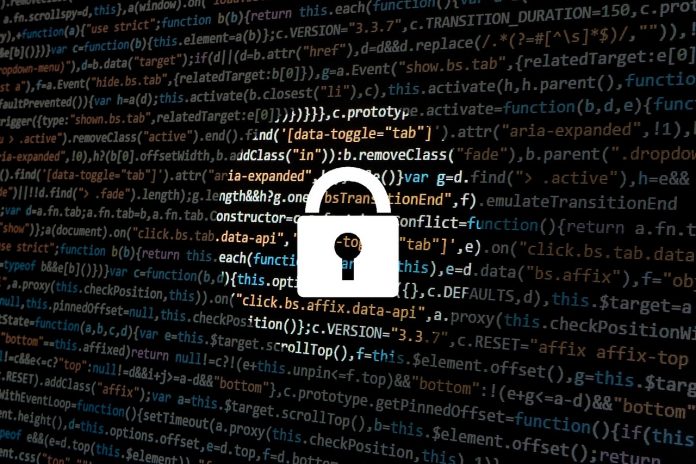Safeguarding systems against Ransomwares
In May 2017, a ransomware named Wanna-Cry sent countless computers across the world into lockdown. A cyberattack of unprecedented proportions, Wanna-Cry primarily targeted systems running on Microsoft and held vital information from these systems as ransom. The perpetrators then extorted money in the form of Bitcoin cryptocurrency against the ransom. Within a day of its operation, the attack impacted more than 230,000 systems in over 150 countries.
A month later, the world was yet again faced with a similar cyberattack, targeting users across the US and India. Petwrap, believed to be a modification of Petya, an old ransomware, seized the computer screens of as many as 200 companies worldwide, against the demand of 300 dollars in bitcoins for the release of the hijacked information. In India, about 20 organisations were victimized by the ransomware, whereas in the US, the count was 45. Consumer, shipping, aviation and oil and gas companies were the primary targets, with other small organisations too facing its brunt.
The malware executed its operation by attacking the master boot record and seizing the functions of the system. On reboot, the malware displayed the ransom message demanding a payment made in Bitcoin. Post infecting the computer, the malware stalled for about an hour before rebooting the system.
Although Petya did not match Wanna-Cry’s colossal nature in terms of its reach and impact, it did show in technicality that it is far more threatening and can wreak incorrigible havoc. The losses incurred as a result of these attacks left organisations across the globe desperate for answers, with many now shifting their focus on fending off such malwares way before their incidence. While advancement in technologies are significantly helping the cause, individuals can follow these simple steps to safeguard themselves against the growing threat of cyberattacks.
Download patches
Malwares like Wanna-Cry and Petya primarily operate by preying on vulnerabilities in outdated Windows systems, for e.g., EternalBlue. To successfully overcome this, individuals can install patches that Microsoft provides as part of its updates. The company itself notifies its users that its antivirus is able to detect and terminate any such malware and therefor, should not be overlooked. In light of Wanna-Cry and Petya, the tech giant also issued several new patches for older systems to help user fend off any probable future threats.
Back up your computer
Ransomwares revolve around the concept of hijacking valuable information and demanding money in the form of bitcoins against this information. Backing up your computer on another (like an external hard drive or in the cloud) system therefore plays a pivotal role in this context. Backing up your data is a simple and straightforward way to safeguard yourself against any ransomware attack as it leaves you capable of accessing your information and therefore keeps you out of harm’s way.
Install protection programs
It is evident with the recent malwares that cyberattacks are now donning a more complex suit. It is only fair then, that cybersecurity too stays not just at par with these attacks but rather a step ahead. Security in the cyberspace is subject to revolutionary advancements, keeping in line with threats posed by malwares and effectively safeguarding the users against them. The latest antivirus programs are not just enabling the users to fend off threats at the time of their occurrence but also alert them in advance against any imminent threats. Staying abreast of these advancements and installing the latest protection programs therefore take precedence in the fight against cyberattacks.
Don’t click on anything suspicious
As most victims would tell you, majority of these attacks occur because of phishing emails. These are bespoke emails, tailor-made to look admissible, but plant a malware in the system as soon as they are opened. Identifying these mails and distinguishing them from genuine ones can be a tricky affair, but not impossible.
The users would often notice an error in the name of the person or the company responsible for the mail. It could be as inconspicuous as a small typo in the personal information.
The users must also abstain from accessing websites with illegal content as these websites are hotspots for malwares and leave the system dauntingly vulnerable to them.
Protect yourself when using public Wi-Fi
A system is also vulnerable while using public Wi-Fi, as it puts it in the purview of everyone else that is using the same network. This can be simply overcome with a tweak in your network settings. More often than not, your system will inquire if you wish to be visible to other users, where you can switch your security settings to private.

